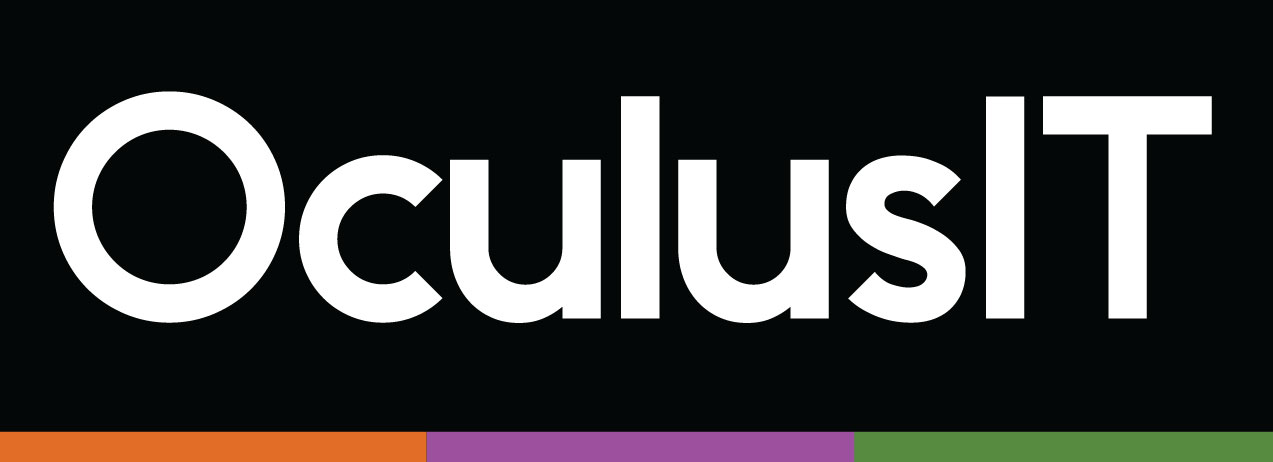
Disaster Recovery Planning for Colleges: Why 2025 Demands a New Approach
July 14th, 2025
Reading time: 4 Minutes
When cyber threats, or surprise outages strike, how prepared is your college to stay online? For many institutions, disaster recovery planning is still an afterthought until an unplanned shutdown costs precious days of enrollment processing, digital learning, or student services.
Too often, backup plans exist only on paper, left untested for years while campuses expand their digital footprints. From student records to research data, colleges today generate massive volumes of information that need constant protection. A single ransomware incident or server failure can wipe out years of work and shatter trust overnight.
Why Legacy Plans No Longer Work
Many colleges still rely on outdated backup processes or on-site storage that cannot keep pace with modern demands for speed and flexibility. Older systems often lack redundancy and are not equipped to handle the always-on expectations of today’s students, faculty, and staff.
Without current recovery tools, even a short disruption can delay financial aid disbursements, interrupt classes, and block critical operations. The longer it takes to recover, the higher the cost in lost productivity, emergency repairs, and reputational harm.
Signs that a college’s disaster recovery plan may need an urgent update include:
- No regular testing or plan walkthroughs with staff
- Backup systems that only store data on campus with no off-site or cloud backups
- Unclear roles and responsibilities when an incident happens
- No defined timelines for restoring different systems
Protecting More Than Data
Good disaster recovery planning covers far more than backing up files. It is about keeping the entire campus running when the unexpected happens. Smooth recovery means students can still register for classes, professors can access learning platforms, and campus systems like security and payroll keep working when it matters most.
A modern plan should focus on:
- Prioritizing which systems must be restored first to avoid major disruption
- Regularly reviewing risks, from cyber threats to extreme weather
- Training staff on emergency roles and clear communication steps
- Documenting tested procedures for recovery and fallback
When disaster recovery is built into broader IT and risk planning, colleges gain confidence that no single event can halt the student experience or disrupt essential operations.
How Smart Institutions Stay Ahead
Forward-thinking colleges are moving away from outdated tape backups and single-site storage. They choose cloud-based solutions and trusted partners that specialize in managed hosting and Disaster Recovery as a Service. This approach adds tested backup infrastructure, redundancy across multiple locations, and expert support to keep recovery plans current as threats evolve.
Benefits of upgrading to modern disaster recovery practices include:
- Faster recovery times that reduce costly downtime
- Flexible cloud options that scale as data grows
- Built-in support for compliance with regulations like GLBA and FERPA
- Ongoing monitoring and guidance to keep recovery strategies effective
With the right support, colleges can ease the burden on internal teams and ensure that if the worst happens, their systems bounce back in hours instead of days.
Better Prepared Means Better Protected
Investing in disaster recovery is not just about avoiding risk. It is about protecting budgets and reputations for the long term. Without a plan, institutions can face enormous costs from downtime, data loss, or emergency consulting when a crisis strikes.
Modern recovery planning helps colleges control these risks, respond faster, and limit the impact on students and faculty. Schools that build resilience into their operations are better positioned to maintain trust, meet compliance standards, and recover quickly no matter what happens.
Steps to Strengthen Your Disaster Recovery Plan
Disaster recovery is no longer just an IT task. It is a commitment to keeping students supported, data safe, and operations moving when the unexpected occurs. Strong planning keeps campuses resilient, trust strong, and sudden disruptions manageable rather than campus-wide crises.
To stay ready, institutions should:
- Audit existing recovery plans every year
- Expand backup coverage to include all essential systems
- Invest in partnerships that bring 24×7 support and scalable cloud options
- Test recovery scenarios to find gaps before real-world events expose them
Colleges that invest in modern recovery strategies, cloud-based backup, and ongoing testing will be ready for the next outage or cyber threat long before it hits. Those that keep their plans flexible and current will be best prepared to adapt and thrive in a higher education environment where downtime is no longer acceptable.
Is your plan ready for the next crisis? Now is the time to strengthen your recovery strategy and keep your campus resilient, no matter what comes next.
Recent Articles

How Colleges Leverage Summer to Upgrade IT Before Fall 2025
July 7th, 2025

Balancing Learning Analytics with Student Privacy in EdTech
June 30th, 2025





Why Is Your ERP System Slowing Down Student Success?
May 27th, 2025



















